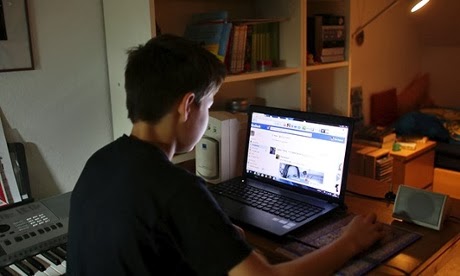 |
| Colin Firth CBE...PhD? Nicogenin (Flickr) |
As you snuggle by the fire this holiday season to watch Love
Actually, you should know that you’re also viewing the work of a published
academic neuroscientist. That’s right—another PubMed search reveals that actor Colin Firth is cited on a 2011 brain imaging study in the journal Current
Biology.
And it doesn’t take an insecure graduate student like me to accuse Mr. Firth of not pulling all-nighters in the laboratory.
And it doesn’t take an insecure graduate student like me to accuse Mr. Firth of not pulling all-nighters in the laboratory.
Authorship in science is tricky. In some laboratories, it’s
a bit of a taboo topic. Ask your average scientist if they’ve witnessed abuses
in authorship, and they’ll likely be brimming with stories for you—from people
being “gifted” an authorship they don’t truly deserve, to hard-working (often
junior) scientists being wrongly shafted by their colleagues. These stories are
rarely discussed among labmates, and almost never between junior and senior
investigators.
And then there are the extremes, like the 2001 Nature paper on the sequencing of the
human genome boasting 2,900 authors and the 2012 paper detailing the Higgs boson, which cites a whopping 3,171 co-authors. Where exactly do we draw the line between who has made a
meaningful contribution to a project and who is better suited for the
“Acknowledgments” section?


























